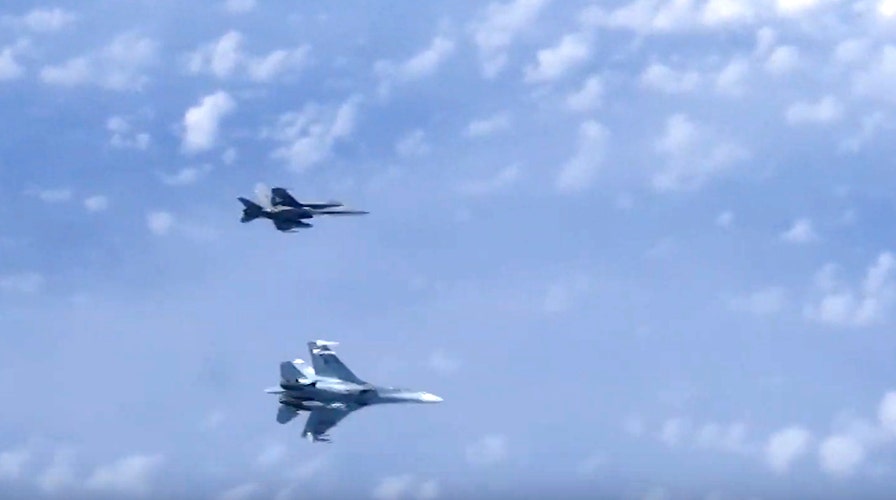Fox News Flash top headlines for Nov. 1
Fox News Flash top headlines for Nov. 1 are here. Check out what's clicking on Foxnews.com
The U.S. government has been looking into anti-gravity research for nearly 70 years, according to a new report.
Automotive review website The Drive outlines the long history, dating back to the 1950s, of U.S. government anti-gravity research, citing “series of bizarre patents assigned to the U.S. Navy that seem to defy our current understanding of physics and aerospace propulsion.”
The Drive highlighted one example stemming from an earlier report that described the “Navy's most bizarre patent, the straight-out-of-science fiction-sounding hybrid aerospace/underwater craft.”
HACKERS ARE DRAINING ATMS ACROSS THE US
The Drive does not claim any direct nexus between government research and the harnessing of anti-gravity propulsion technologies, but it does say that “the most advanced laboratories under control of both the armed forces and the academic world have certainly been trying their best to get there for the better part of a century.”
The report references an account of anti-gravity research by Dr. Louis Witten, a professor of physics at the University of Cincinnati between 1968 and 1991.
In a video, cited in the report, Witten appears in a roundtable held at the 27th Texas Symposium on Relativistic Astrophysics in 2013 and says he was once employed by the Martin Company in the mid-1950s, which ultimately became Lockheed Martin.
“The company was building airplanes and building rockets that ultimately (led to) the Titan rocket, which was used for many space vehicle flights,” Witten can be heard saying in the video. “And [a] vice president [at Martin] had the idea…to develop anti-gravity…so he had the bright idea that he was going to start a fundamental research laboratory in which anti-gravity would be discovered.”
Witten (at the 1:52 mark) goes on to say that “I was assigned by the new laboratory to discover anti-gravity and was told that was my assignment.”
Towards the end of his comments, Witten says the U.S. Air Force also established its own gravity research project at Wright Patterson Air Force Base.
Based on reporting in the now-defunct New York Herald Tribune, The Drive report also cites other scientific luminaries in the '50s and '60s that were involved in gravity research. Those scientists included Edward Teller of the University of California, noted for the development of the hydrogen bomb, and Dr. J. Robert Oppenheimer, director of the Institute for Advanced Study at Princeton.
Public interest in “real” UFO incidents, which show objects exhibiting what appears to be advanced propulsion, was piqued this summer with the acknowledgment by the U.S. Navy that UFO videos released by former Blink-182 singer Tom DeLonge and published by The New York Times are of real "unidentified" objects.









































